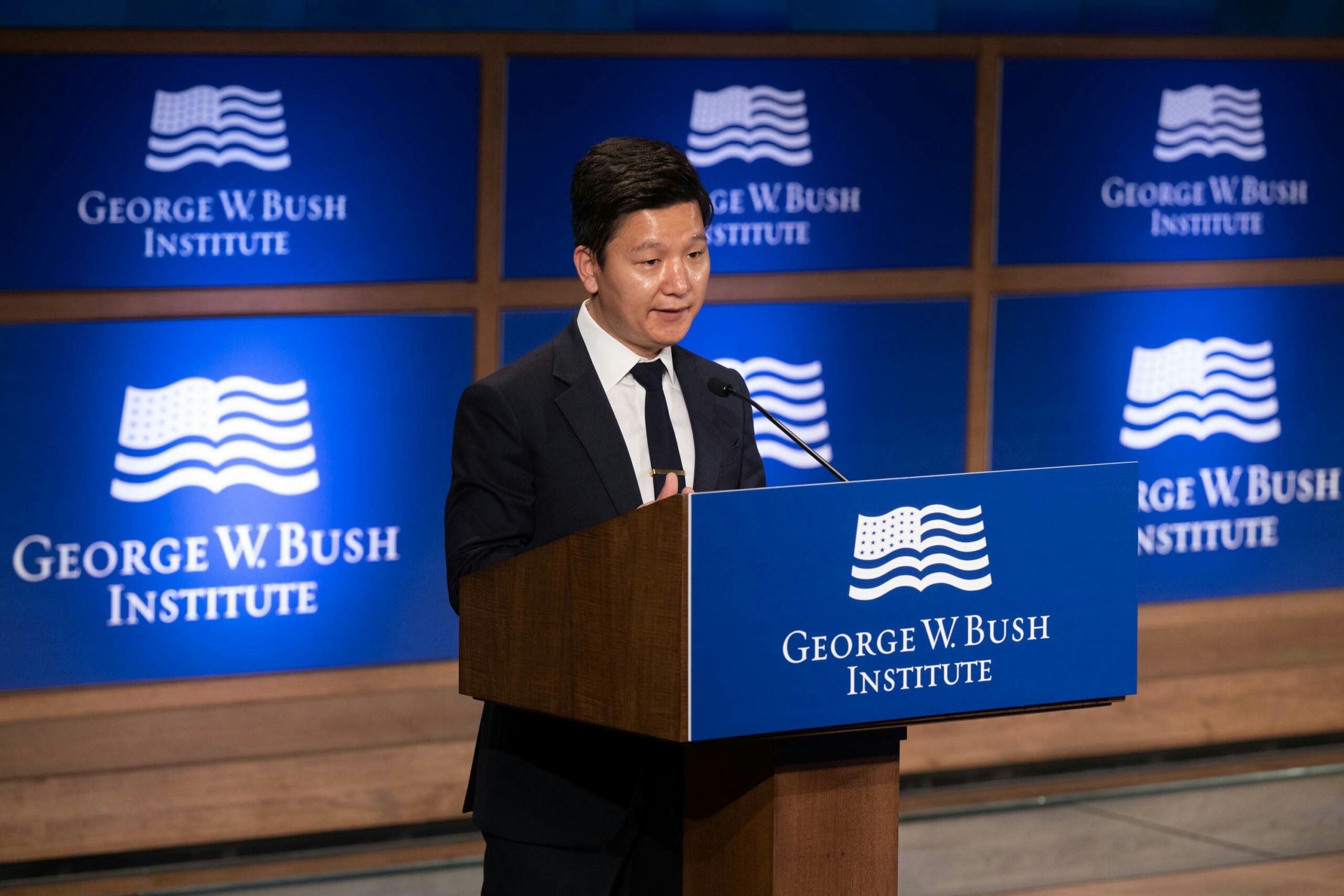We all have a role to play in responding to disinformation.
Here’s how disinformation works, or at least a significant part of the intentional spreading of falsehoods:
An authoritarian regime sees friction developing in an adversary’s social fabric and plows lies and half-truths into the middle of the internal dissensions. By promoting fabrications and distortions, authoritarians can deepen divisions and unsettle a country at a heck of a lot less cost than military hardware.
Case in point: Russian practitioners of the dark arts of disinformation pounced on the recent train derailment in Ohio to spread lies about authorities’ handling of the accident’s release of toxic chemicals into the air. As the Associated Press recently reported, pro-Russian accounts took to Twitter to post bogus predictions about a hike in deadly cancers, make false claims about American news media covering up the 38-car derailment, and promote unverified maps about the pollution’s spread.
The fomenters of divisiveness waded into American politics, too, feeding a false dichotomy that the United States could either help Ukraine or assist Ohio. One pro-Russian account made it sound like the U.S. cannot simultaneously support democracy globally and take care of business at home:
“[President Joe] Biden offers food, water, medicine, shelter, payouts of pension and social services to Ukraine! Ohio first! Offer and deliver to Ohio!”
These were just some of the manipulations, which are consistent with what pro-Russian accounts have done and are doing. The latter preyed upon George Floyd’s murder to try to deepen divisions within our country. They have taken to the comments section of major Western news operations, including the BBC, The Washington Post, and Fox News, to promote pro-Russian views. And they are engaged in multiple fronts to spread disinformation about Vladimir Putin’s invasion of Ukraine.
In fact, News Guard is tracking 364 sites that Russians use to promote distortions and myths about the war. According to the fact-checking organization, which relies upon trained journalists to determine the accuracy of information:
“Russia employs a multi-layered strategy to introduce, amplify, and spread false and distorted narratives across the world — relying on a mix of official state media sources, anonymous websites and accounts, and other methods to distribute propaganda that advances the Kremlin’s interests and undermines its adversaries.”
To give you a sense of the volume of the Russian efforts to use social media, Alliance for Securing Democracy’s Hamilton 2.0 dashboard details how Russian-related sites posted 329 tweets on various themes on March 27 alone. By contrast, China had 42 tweets that day, while Iran had 13.
To be sure, China has hardly taken a pass on manipulating information. The COVID-19 pandemic particularly provided an opening.
As one example, the Alliance for Securing Democracy reports that experts at Google and the cybersecurity firm Mandiant picked up a pro-Chinese government campaign in September 2021 aimed at U.S. citizens. The initiative was spread across 30 social media platforms, over 40 websites, and translated into seven languages. The goal was to mobilize protestors in our country.
So, there’s plenty of mischief to go around. The question is, how to respond?
The first and most important answer is for organizations and governments dedicated to the truth to keep calling out disinformation campaigns. Fight a culture of lies with a commitment to transparency.
Second, policymakers need to make sure that initiatives like the U.S. State Department’s Global Engagement Center are adequately funded. The organization’s mandate is to lead and coordinate the government’s efforts to expose and counter foreign disinformation.
For its part, the center needs to make sure it keeps following the State Department’s Office of Inspector General’s recommendations. That office explained in a September 2022 report how the center had supported existing government efforts more than leading them. The center accepted those recommendations and now must continue to perform its work better. That includes cultivating an environment that carefully distinguishes between disinformation and legitimate differences in perspective.
Third, social media companies are central to curbing the spread of false information. Pro- Russian accounts spread falsehoods about the derailment not long after Twitter had experienced major layoffs. The staff reduction made it harder for the company to track disinformation.
Social media companies are central to the ability of people across the globe to express themselves and to learn news about our world. The companies also are engaged in efforts to moderate content on their sites, including Facebook’s creation of an Oversight Board.
But the struggle against disinformation and its impact on nations cannot be won without a vibrant private sector effort. And that includes individuals checking the legitimacy of what they are reading and verifying the accuracy of social media posts.
Those who want to sow confusion are on the prowl for opportunities to do so. Maintaining the health of our democracy requires vigilance and effective responses. We all have a role to play.





























